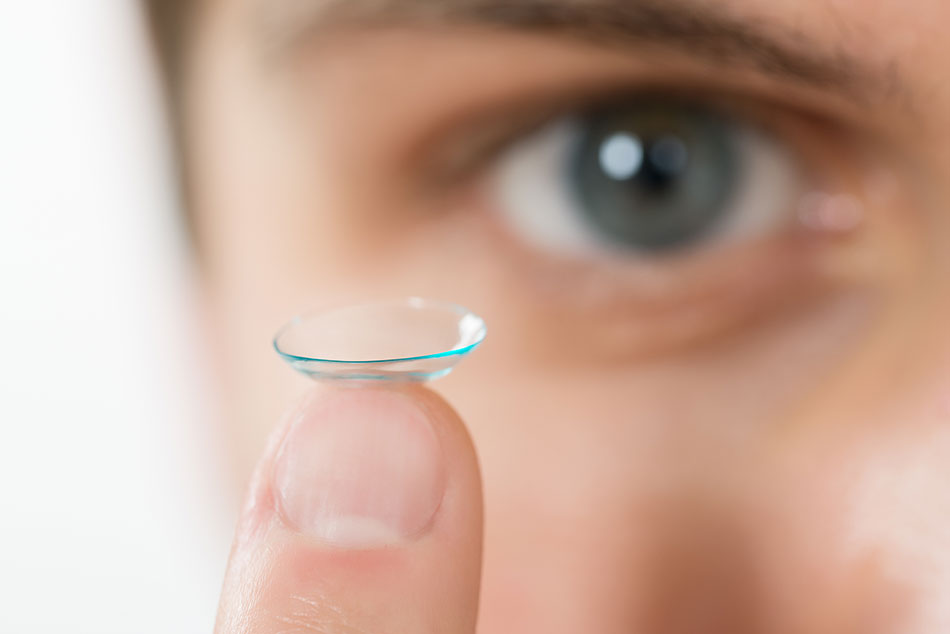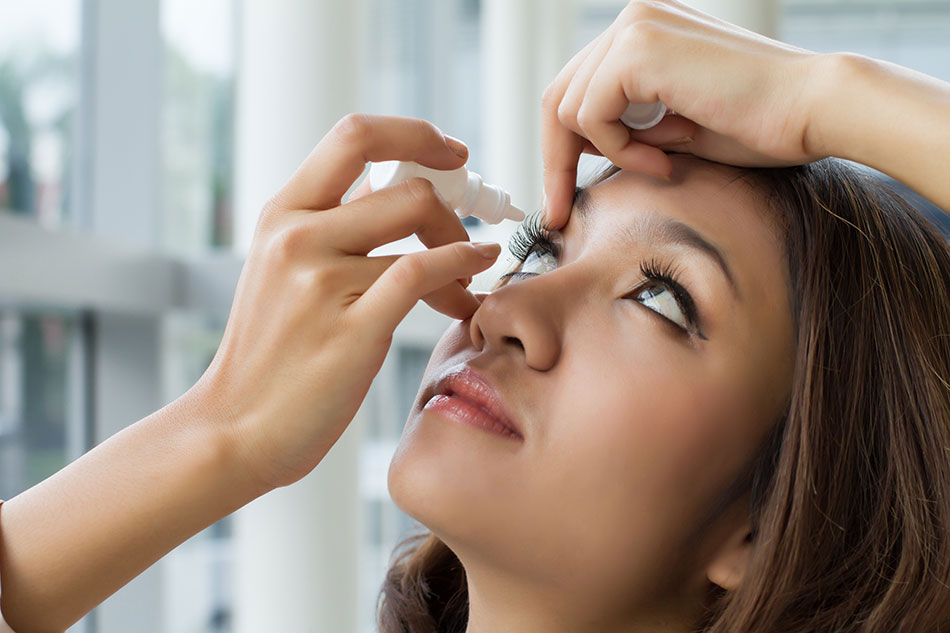How to Adjust to Your New Contacts Prescription: 5 Essential Tips

If you wear glasses or contact lenses, there’s nothing more frustrating than irritation, blurry vision, or discomfort when switching prescriptions. The good news is that most issues are temporary because your eyes simply need time to adapt. With the right approach, adjusting to a new contact prescription can be smooth and hassle-free.
Here’s a step-by-step guide on how to adjust to your new prescription, protect your eye health, and make the transition easier.
1. Put in Your New Contacts Right Away
The best way to adapt is to wear your new prescription contacts first thing in the morning. Doing this helps your eyes adjust naturally throughout the day and reduces the chance of headaches or nausea.
- Avoid waiting until later in the day to switch, since this can increase visual distortion and make you feel disoriented.
- Keep your old glasses on hand as a backup, but avoid wearing expired lenses.
- If you alternate between glasses and contacts, still put in your contacts early in the day, then swap to glasses later if your eyes feel strained.
2. Follow the Directions for Your Prescription
Not all contact lenses are the same. Even if you’ve worn contacts for years, carefully read the instructions for your new lenses.
- Wear them only for the recommended duration (daily, weekly, or monthly).
- Never reuse daily disposables or extend the life of weekly or monthly lenses.
- Use only the prescribed cleaning solution and avoid mixing old and new brands.
- Store contacts properly and replace cases every few months to prevent bacterial growth.
Following these steps will keep your eyes healthy and minimize discomfort.
3. Hydrate Your Eyes

It's one thing to take good care of your contacts, but it’s another to take care of your eyes. This is especially true when transitioning from one prescription to the next.
It's worth spending a little extra time all throughout the day to hydrate your eyes. You can do this by using eye drops periodically before you feel discomfort. That way, there won’t be a chance for your eyes to dry out.
It may be worth your while to alternate between your new contacts prescription and your new set of glasses throughout the day. This gives your eyes a chance to breathe while still adjusting to the prescription.
4. Communicate With Your Eye Doctor

Your optometrist is your best resource during this adjustment period.
- Ask questions during your appointment about lens care and adaptation timelines.
- Reach out if you experience irritation, redness, or persistent blurry vision.
- Visit your doctor immediately if you feel sharp pain, as this may signal something more serious.
Regular communication ensures that your prescription and lens type are the best fit for your eyes and lifestyle.
5. Take Care of Your Overall Health

Sometimes discomfort from new contacts extends beyond your eyes. Headaches, neck pain, or nausea can occur as your body adapts to new vision correction.
- Rest your eyes throughout the day when needed.
- Manage headaches with over the counter pain relief, gentle massages, or warm compresses.
- Get quality sleep since tired eyes struggle more with adjustment.
- Reduce screen time where possible and take frequent breaks using the 20-20-20 rule.
Taking care of yourself helps your eyes adapt more quickly.
Transition to Your New Contacts Hassle-Free

Is it time for a new contacts prescription already? Don't worry; the transition is sure to be a lot easier than you think, especially if you follow all the tips listed above.
It's not worth getting all worked up about a new prescription. This is a part of wearing glasses or contacts that you're always going to have to deal with. So you may as well figure out what works for you now!
If, however, you've never worn contacts before, ask your eye doctor for some information. Here are some questions to ask at your next appointment!
FAQs About Adjusting to a New Contacts Prescription
How long does it take to adjust to new contacts?
Most people adjust within a few days, but it can take up to two weeks depending on the prescription change.
Is it normal to have blurry vision with new contacts?
Mild blurriness can be normal at first, but if it persists after several days, contact your eye doctor.
Can new contacts cause headaches?
Yes, headaches are common while adjusting. They usually fade as your eyes adapt, but see your doctor if they continue.
Should I switch between glasses and contacts during adjustment?
Yes, alternating can give your eyes rest and reduce strain while you get used to the new lenses.
